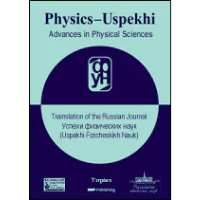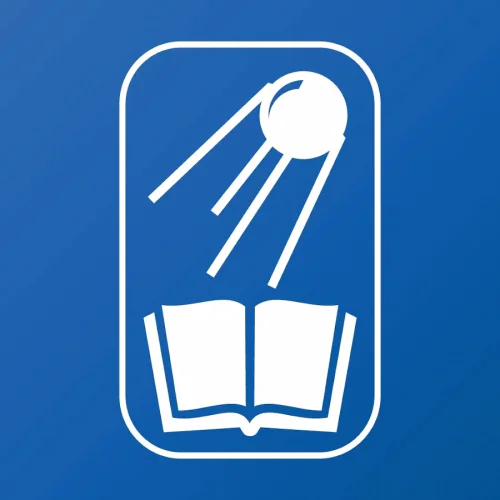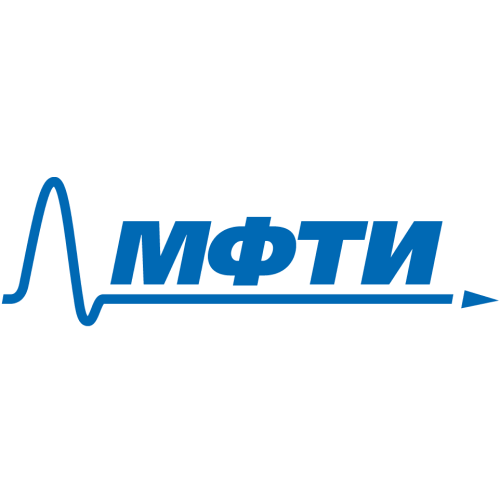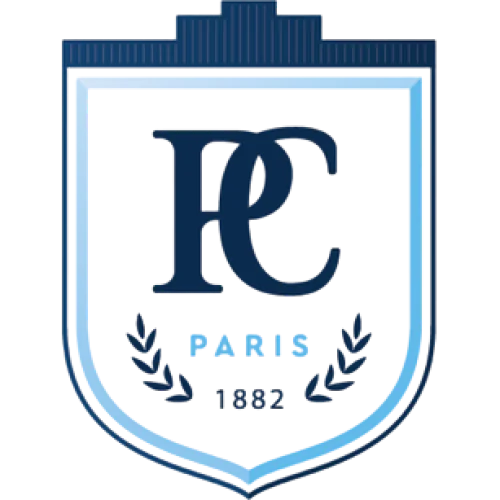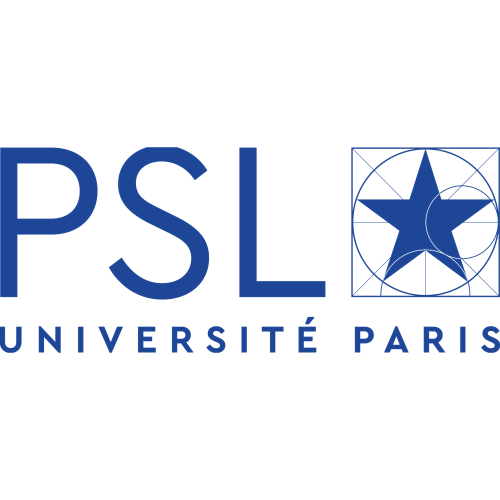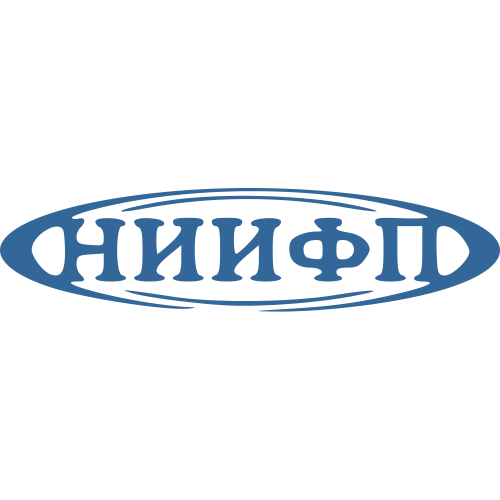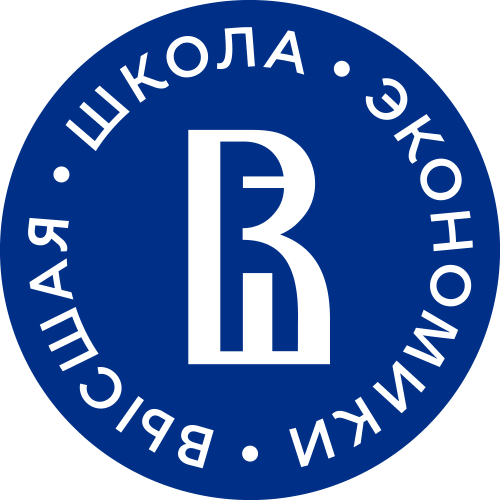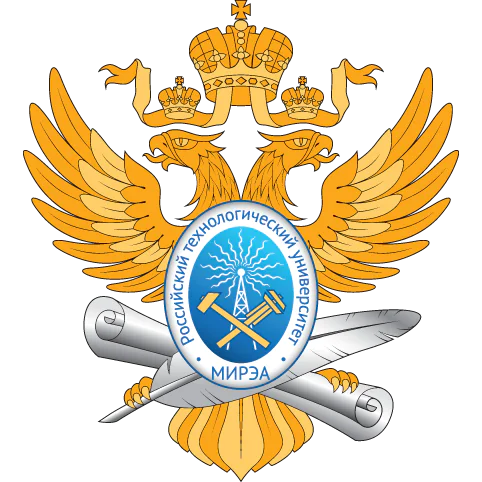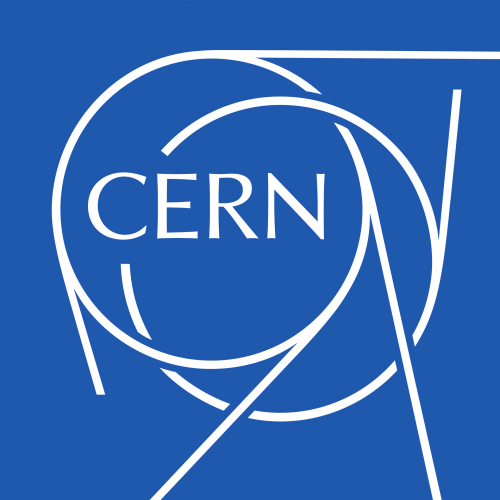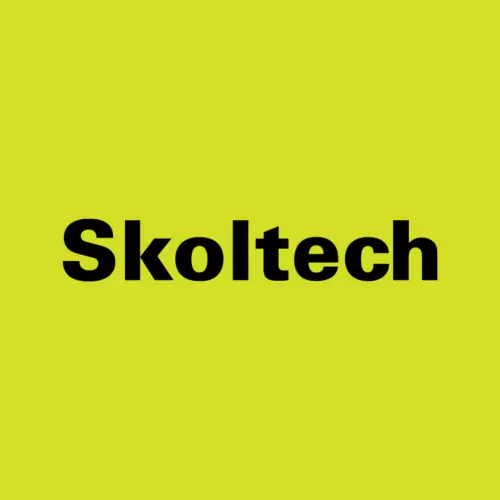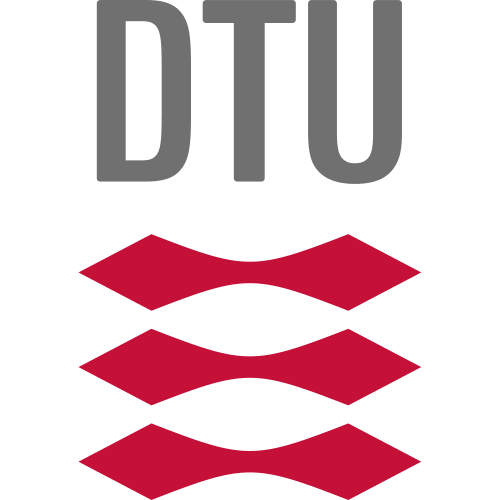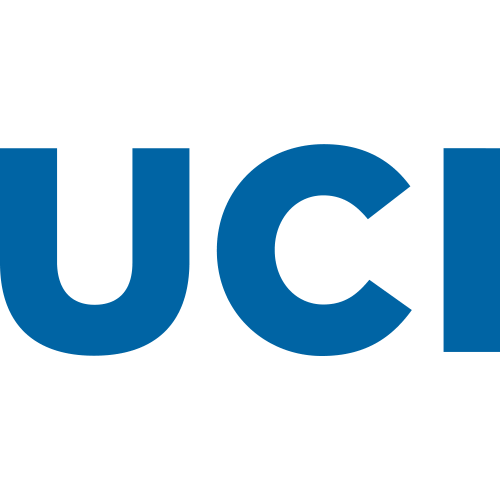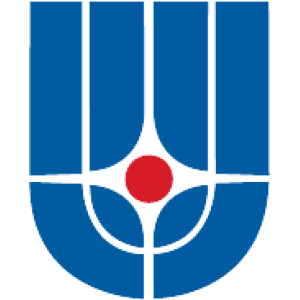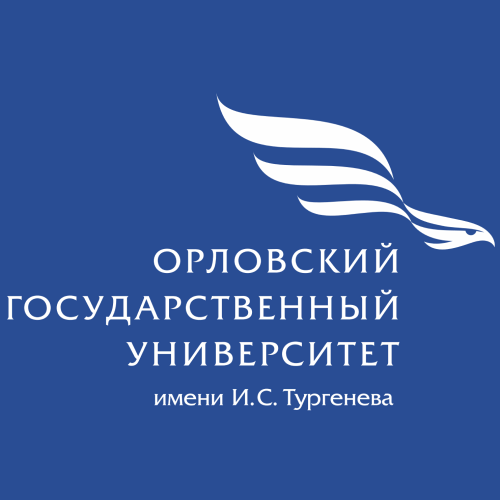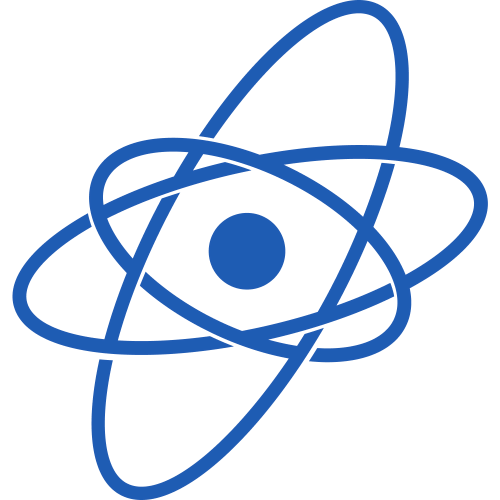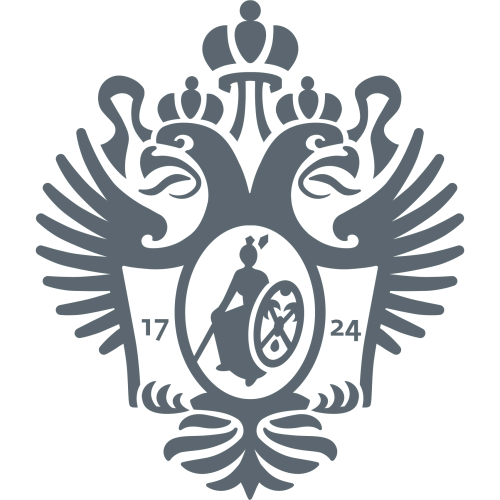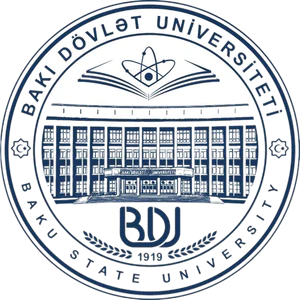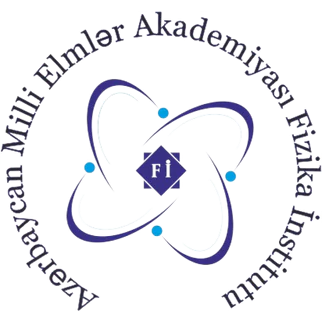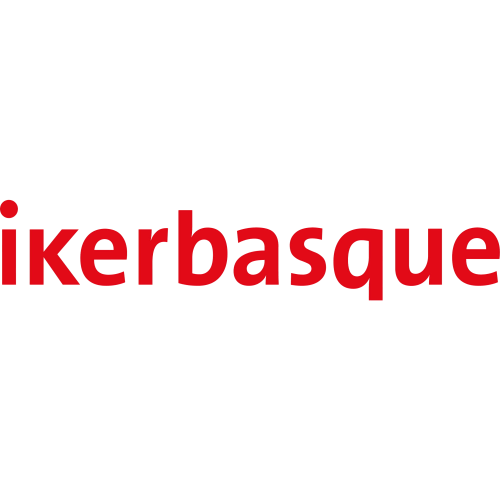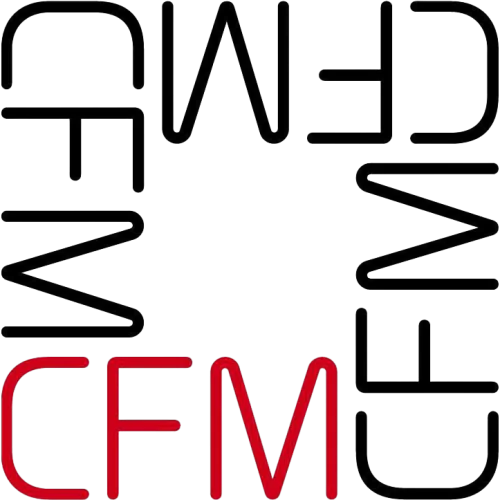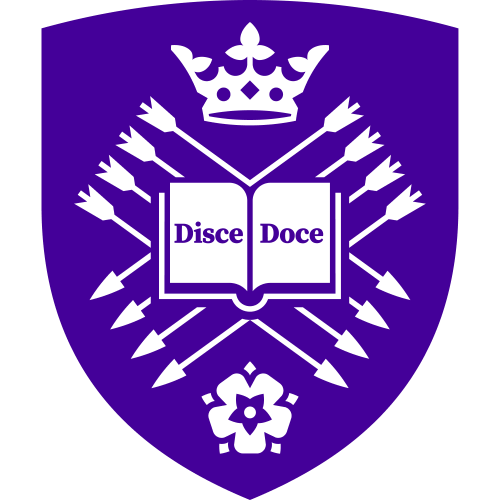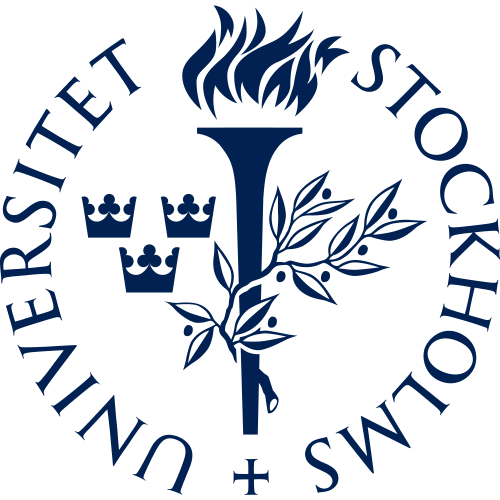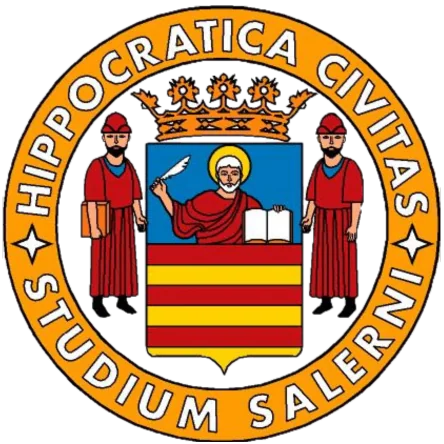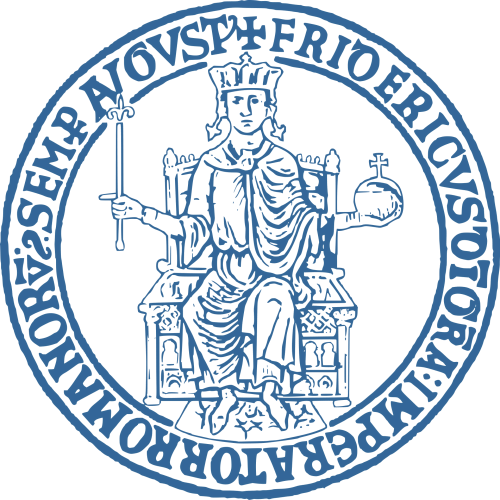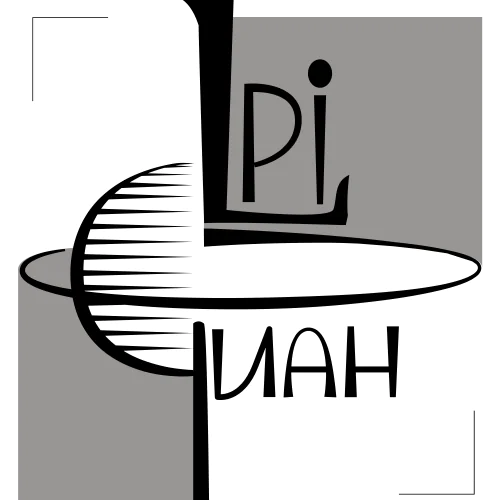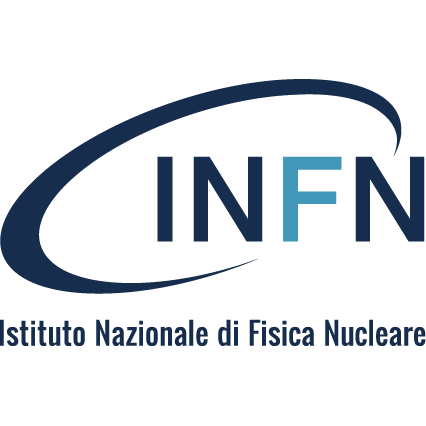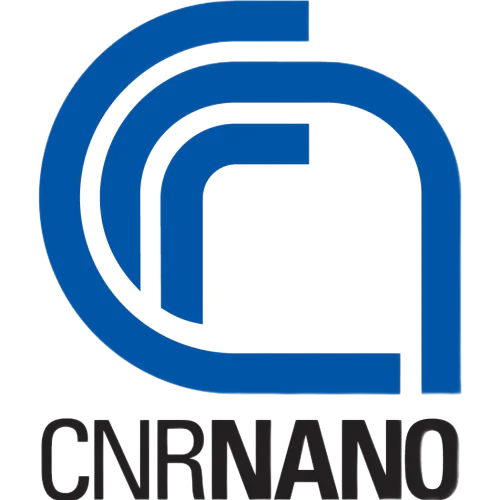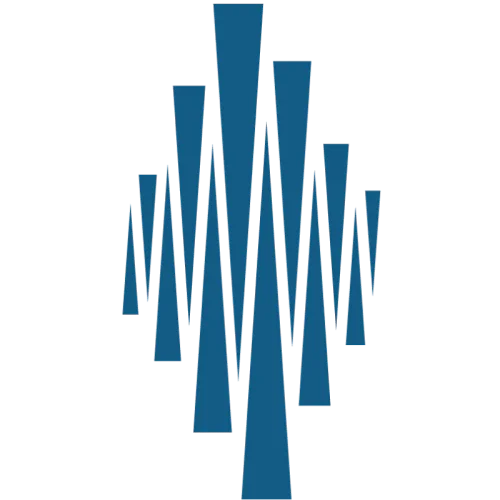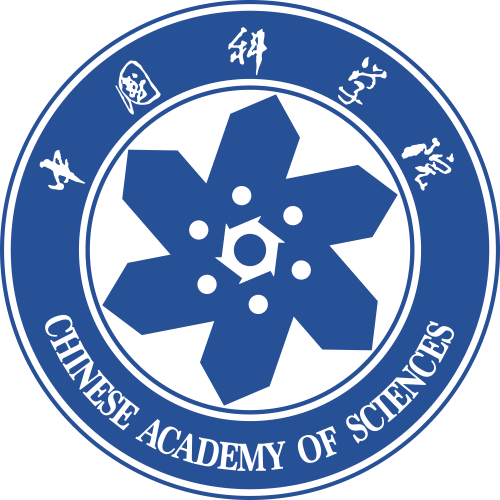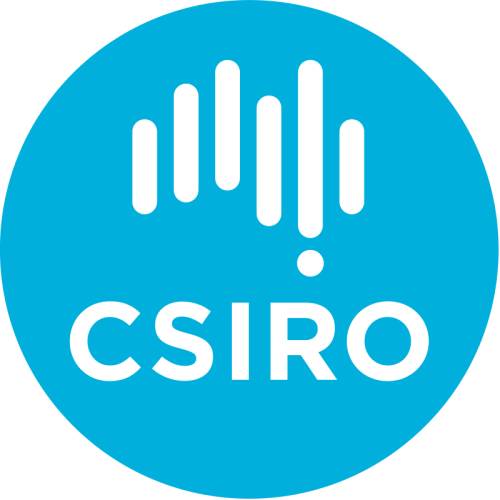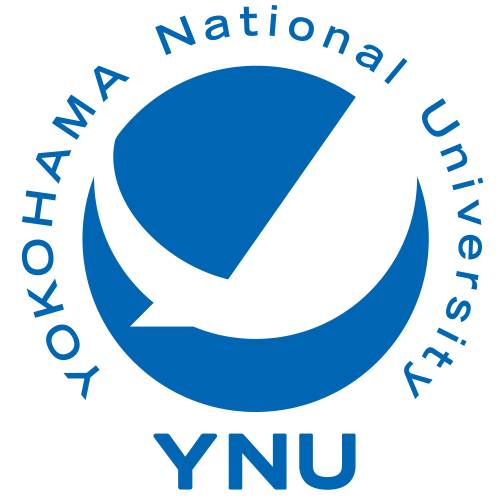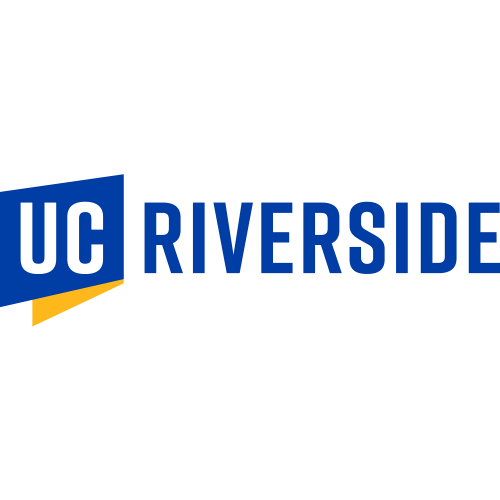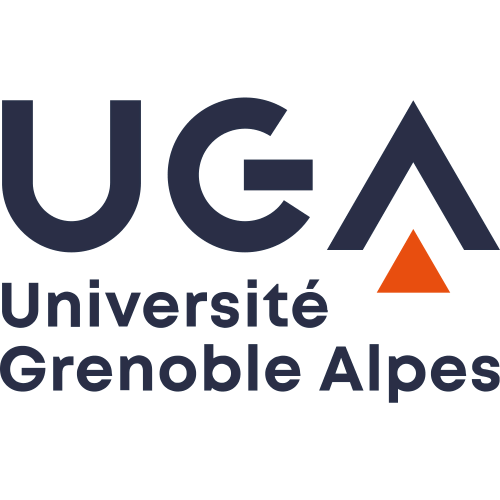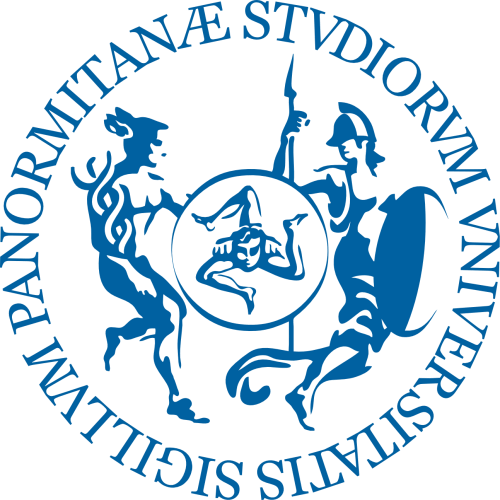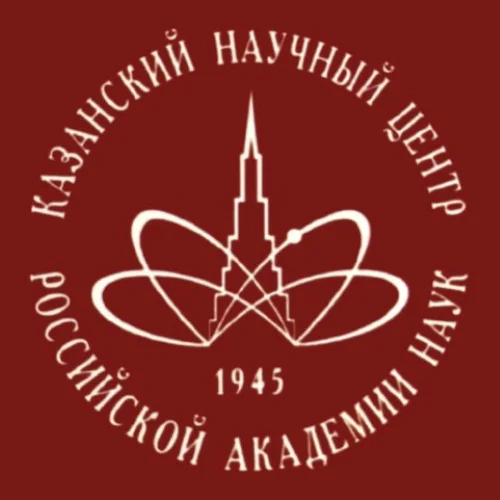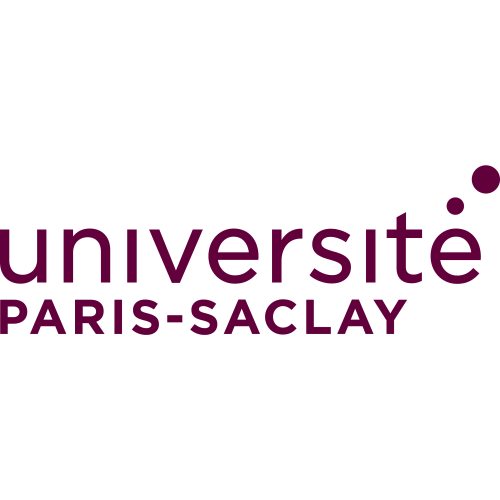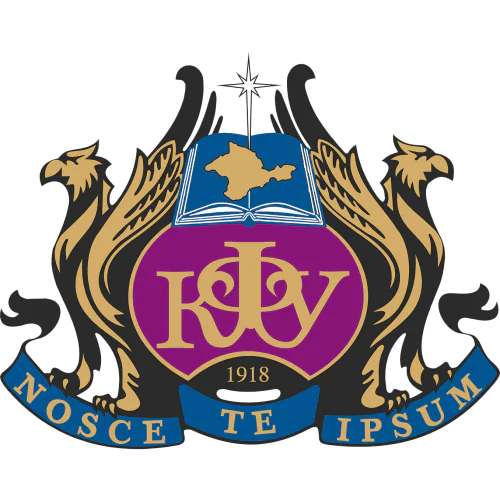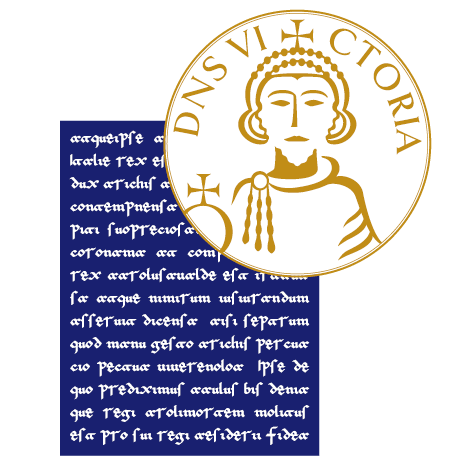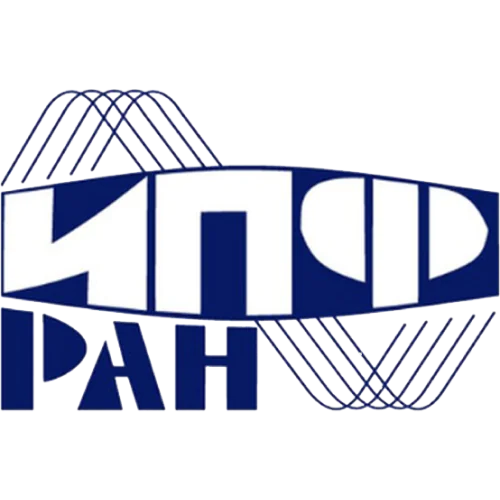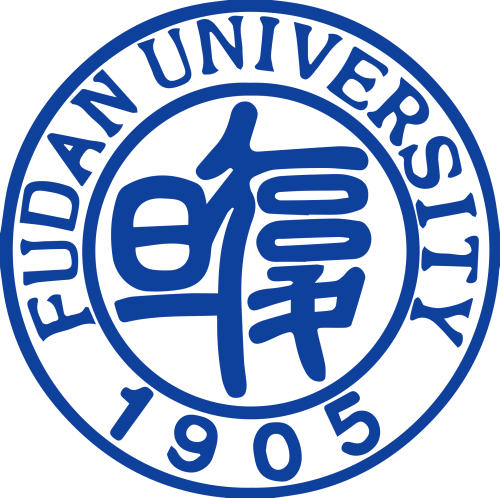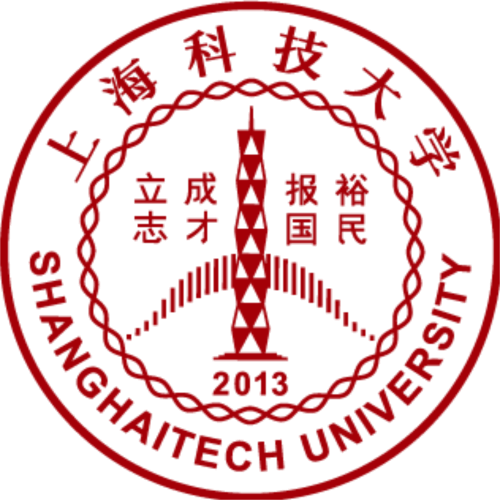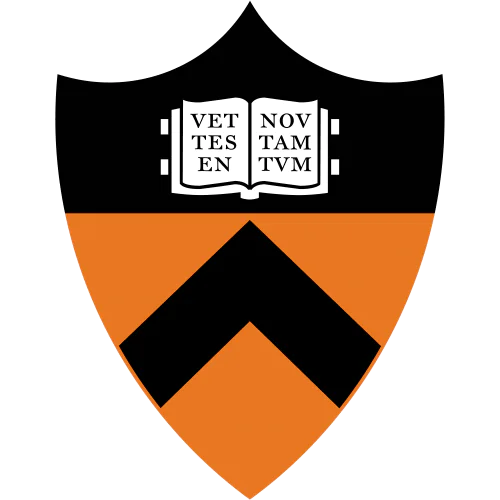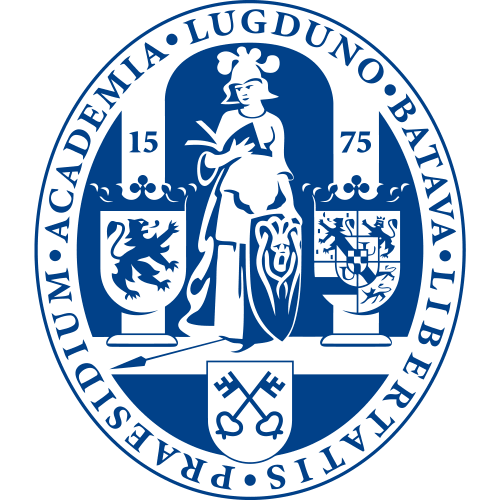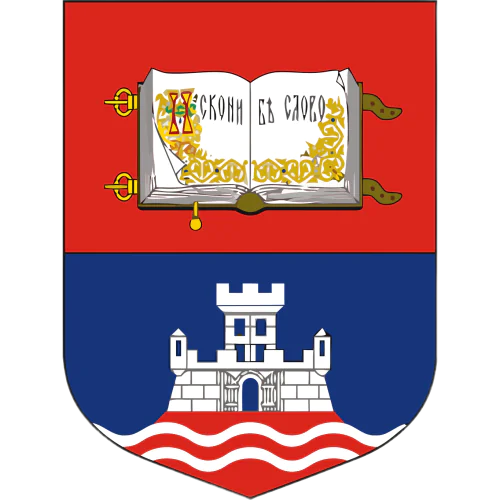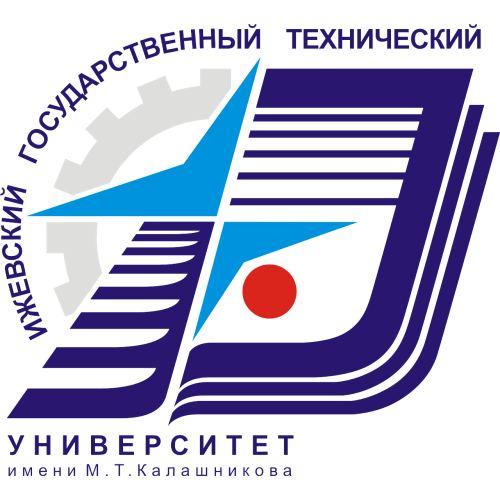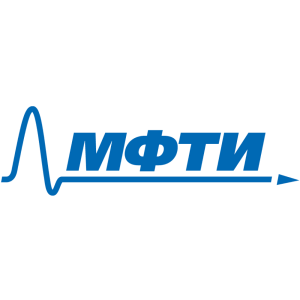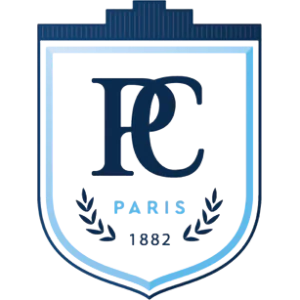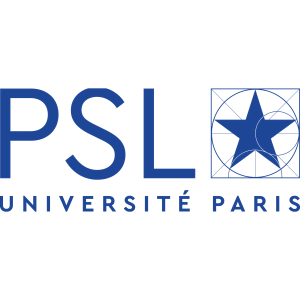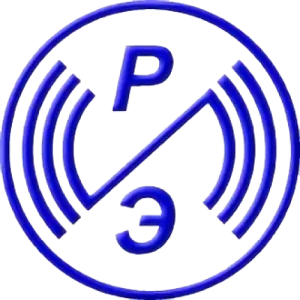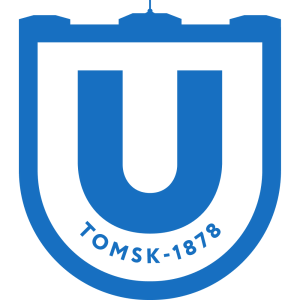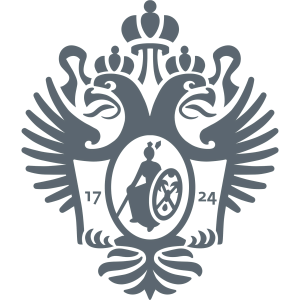Igor Igorevich Soloviev
DSc in Physics and Mathematics
Publications
129
Citations
1 804
h-index
25
Labs
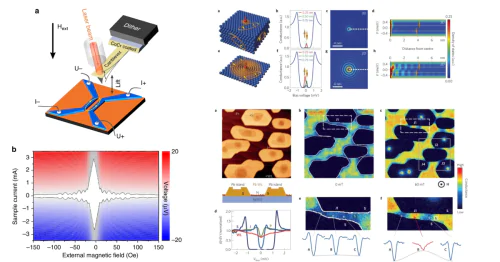
Leading researcher

Leading researcher
Education
Lomonosov Moscow State University
2004 — 2007,
Postgraduate, Faculty of Physics
Lomonosov Moscow State University
1998 — 2004,
Specialist, Faculty of Physics
Found
Nothing found, try to update filter.
Found
Nothing found, try to update filter.
Found
Nothing found, try to update filter.
Total publications
129
Total citations
1804
Citations per publication
13.98
Average publications per year
4.61
Average coauthors
5.47
Publications years
1998-2025 (28 years)
h-index
25
i10-index
58
m-index
0.89
o-index
64
g-index
35
w-index
4
Metrics description
h-index
A scientist has an h-index if h of his N publications are cited at least h times each, while the remaining (N - h) publications are cited no more than h times each.
i10-index
The number of the author's publications that received at least 10 links each.
m-index
The researcher's m-index is numerically equal to the ratio of his h-index to the number of years that have passed since the first publication.
o-index
The geometric mean of the h-index and the number of citations of the most cited article of the scientist.
g-index
For a given set of articles, sorted in descending order of the number of citations that these articles received, the g-index is the largest number such that the g most cited articles received (in total) at least g2 citations.
w-index
If w articles of a researcher have at least 10w citations each and other publications are less than 10(w+1) citations, then the researcher's w-index is equal to w.
Top-100
Fields of science
Journals
Citing journals
Publishers
|
5
10
15
20
25
|
|
|
IOP Publishing
23 publications, 17.83%
|
|
|
Pleiades Publishing
20 publications, 15.5%
|
|
|
Institute of Electrical and Electronics Engineers (IEEE)
15 publications, 11.63%
|
|
|
Beilstein-Institut
12 publications, 9.3%
|
|
|
AIP Publishing
11 publications, 8.53%
|
|
|
MDPI
9 publications, 6.98%
|
|
|
American Physical Society (APS)
7 publications, 5.43%
|
|
|
Springer Nature
6 publications, 4.65%
|
|
|
Elsevier
5 publications, 3.88%
|
|
|
Wiley
4 publications, 3.1%
|
|
|
EDP Sciences
4 publications, 3.1%
|
|
|
American Chemical Society (ACS)
2 publications, 1.55%
|
|
|
Treatise
2 publications, 1.55%
|
|
|
Uspekhi Fizicheskikh Nauk Journal
1 publication, 0.78%
|
|
|
5
10
15
20
25
|
Organizations from articles
|
20
40
60
80
100
120
|
|
|
Lomonosov Moscow State University
110 publications, 85.27%
|
|
|
Moscow Institute of Physics and Technology
37 publications, 28.68%
|
|
|
Dukhov Research Institute of Automatics
31 publications, 24.03%
|
|
|
Moscow Technical University of Communication and Informatics
20 publications, 15.5%
|
|
|
University of Twente
20 publications, 15.5%
|
|
|
National University of Science & Technology (MISiS)
18 publications, 13.95%
|
|
|
Lobachevsky State University of Nizhny Novgorod
17 publications, 13.18%
|
|
|
Organization not defined
|
Organization not defined, 14, 10.85%
Organization not defined
14 publications, 10.85%
|
|
Osipyan Institute of Solid State Physics of the Russian Academy of Sciences
13 publications, 10.08%
|
|
|
École supérieure de physique et de chimie industrielles de la Ville de Paris
10 publications, 7.75%
|
|
|
Paris Sciences et Lettres
10 publications, 7.75%
|
|
|
Lukin Scientific Research Institute of Physical Problems of NRC «Kurchatov Institute»
9 publications, 6.98%
|
|

Kotelnikov Institute of Radioengineering and Electronics of the Russian Academy of Sciences
8 publications, 6.2%
|
|
|
Sorbonne University
8 publications, 6.2%
|
|
|
Russian Quantum Center
7 publications, 5.43%
|
|
|
Chalmers University of Technology
7 publications, 5.43%
|
|
|
Kazan Federal University
5 publications, 3.88%
|
|
|
National Research University Higher School of Economics
4 publications, 3.1%
|
|
|
Institute for Physics of Microstructures of the Russian Academy of Sciences
4 publications, 3.1%
|
|
|
MIREA — Russian Technological University
4 publications, 3.1%
|
|
|
Nizhny Novgorod State Technical University n.a. R.E. Alekseev
4 publications, 3.1%
|
|
|
European Organization for Nuclear Research
4 publications, 3.1%
|
|
|
Skolkovo Institute of Science and Technology
3 publications, 2.33%
|
|
|
Institute of Nanotechnology of Microelectronics of the Russian Academy of Sciences
3 publications, 2.33%
|
|
|
Ghitsu Institute of Electronic Engineering and Nanotechnologies
3 publications, 2.33%
|
|
|
Technical University of Denmark
3 publications, 2.33%
|
|
|
University of California, Irvine
3 publications, 2.33%
|
|
|
Joint Institute for Nuclear Research
2 publications, 1.55%
|
|
|
National Research Centre "Kurchatov Institute"
2 publications, 1.55%
|
|
|
Petersburg Nuclear Physics Institute of NRC «Kurchatov Institute»
2 publications, 1.55%
|
|
|
Orel State University
2 publications, 1.55%
|
|
|
University of Tübingen
2 publications, 1.55%
|
|
|
Max Planck Institute for Solid State Research
2 publications, 1.55%
|
|
|
Horia Hulubei National Institute of Physics and Nuclear Engineering
2 publications, 1.55%
|
|
|
Academy of Sciences of Moldova
2 publications, 1.55%
|
|
|
National Research Nuclear University MEPhI
1 publication, 0.78%
|
|
|
Institute for Nuclear Research of the Russian Academy of Sciences
1 publication, 0.78%
|
|
|
Ural Federal University
1 publication, 0.78%
|
|
|
Tomsk State University
1 publication, 0.78%
|
|
|
Saint Petersburg State University
1 publication, 0.78%
|
|
|
P.G. Demidov Yaroslavl State University
1 publication, 0.78%
|
|
|
Udmurt federal research center of the Ural Branch of the Russian Academy of Sciences
1 publication, 0.78%
|
|
|
Baku State University
1 publication, 0.78%
|
|
|
Institute of Physics of the Ministry of Science and Education of the Republic of Azerbaijan
1 publication, 0.78%
|
|
|
Basque Foundation for Science
1 publication, 0.78%
|
|
|
Centro de Física de Materiales
1 publication, 0.78%
|
|
|
National University of Singapore
1 publication, 0.78%
|
|
|
Leibniz Institute of Photonic Technology
1 publication, 0.78%
|
|
|
University of the Basque Country
1 publication, 0.78%
|
|
|
Technical University of Darmstadt
1 publication, 0.78%
|
|
|
University of Augsburg
1 publication, 0.78%
|
|
|
University of Sheffield
1 publication, 0.78%
|
|
|
Polytechnic University of Valencia
1 publication, 0.78%
|
|
|
Institute of Atomic Physics
1 publication, 0.78%
|
|
|
Institut National de Physique Nucléaire et de Physique des Particules
1 publication, 0.78%
|
|
|
Institute of NanoSciences of Paris
1 publication, 0.78%
|
|
|
20
40
60
80
100
120
|
|
Countries from articles
|
20
40
60
80
100
120
140
|
|
|
Russia
|
Russia, 121, 93.8%
Russia
121 publications, 93.8%
|
|
USA
|
USA, 34, 26.36%
USA
34 publications, 26.36%
|
|
Netherlands
|
Netherlands, 20, 15.5%
Netherlands
20 publications, 15.5%
|
|
France
|
France, 12, 9.3%
France
12 publications, 9.3%
|
|
Country not defined
|
Country not defined, 10, 7.75%
Country not defined
10 publications, 7.75%
|
|
Germany
|
Germany, 8, 6.2%
Germany
8 publications, 6.2%
|
|
Sweden
|
Sweden, 8, 6.2%
Sweden
8 publications, 6.2%
|
|
Moldova
|
Moldova, 5, 3.88%
Moldova
5 publications, 3.88%
|
|
Switzerland
|
Switzerland, 4, 3.1%
Switzerland
4 publications, 3.1%
|
|
Denmark
|
Denmark, 3, 2.33%
Denmark
3 publications, 2.33%
|
|
Romania
|
Romania, 3, 2.33%
Romania
3 publications, 2.33%
|
|
Austria
|
Austria, 2, 1.55%
Austria
2 publications, 1.55%
|
|
Portugal
|
Portugal, 1, 0.78%
Portugal
1 publication, 0.78%
|
|
Azerbaijan
|
Azerbaijan, 1, 0.78%
Azerbaijan
1 publication, 0.78%
|
|
United Kingdom
|
United Kingdom, 1, 0.78%
United Kingdom
1 publication, 0.78%
|
|
Spain
|
Spain, 1, 0.78%
Spain
1 publication, 0.78%
|
|
Singapore
|
Singapore, 1, 0.78%
Singapore
1 publication, 0.78%
|
|
20
40
60
80
100
120
140
|
Citing organizations
|
20
40
60
80
100
120
140
160
180
200
|
|
|
Lomonosov Moscow State University
191 citations, 10.59%
|
|
|
Organization not defined
|
Organization not defined, 130, 7.21%
Organization not defined
130 citations, 7.21%
|
|
Moscow Institute of Physics and Technology
96 citations, 5.32%
|
|
|
Lobachevsky State University of Nizhny Novgorod
54 citations, 2.99%
|
|
|
Dukhov Research Institute of Automatics
51 citations, 2.83%
|
|
|
National University of Science & Technology (MISiS)
38 citations, 2.11%
|
|
|
Kotelnikov Institute of Radioengineering and Electronics of the Russian Academy of Sciences
38 citations, 2.11%
|
|
|
Osipyan Institute of Solid State Physics of the Russian Academy of Sciences
38 citations, 2.11%
|
|
|
University of Twente
38 citations, 2.11%
|
|
|
Kazan Federal University
31 citations, 1.72%
|
|
|
Chalmers University of Technology
31 citations, 1.72%
|
|
|
Moscow Technical University of Communication and Informatics
30 citations, 1.66%
|
|
|
National Research University Higher School of Economics
29 citations, 1.61%
|
|
|
Institute for Physics of Microstructures of the Russian Academy of Sciences
20 citations, 1.11%
|
|
|
École supérieure de physique et de chimie industrielles de la Ville de Paris
19 citations, 1.05%
|
|
|
Paris Sciences et Lettres
18 citations, 1%
|
|
|
Russian Quantum Center
17 citations, 0.94%
|
|
|
Max Planck Institute for Solid State Research
17 citations, 0.94%
|
|
|
Stockholm University
15 citations, 0.83%
|
|
|
Sorbonne University
14 citations, 0.78%
|
|
|
University of Salerno
14 citations, 0.78%
|
|
|
National Institute of Standards and Technology
14 citations, 0.78%
|
|
|
University of Naples Federico II
13 citations, 0.72%
|
|
|
Michigan State University
13 citations, 0.72%
|
|
|
P.N. Lebedev Physical Institute of the Russian Academy of Sciences
12 citations, 0.67%
|
|

Shanghai Institute of Microsystem and Information Technology, Chinese Academy of Sciences
12 citations, 0.67%
|
|
|
Ghitsu Institute of Electronic Engineering and Nanotechnologies
11 citations, 0.61%
|
|
|
National Institute for Nuclear Physics
11 citations, 0.61%
|
|
|
Istituto Nanoscienze
11 citations, 0.61%
|
|
|
Scuola Normale Superiore
11 citations, 0.61%
|
|
|
Kazan E.K. Zavoisky Physical-Technical Institute of the Kazan Scientific Center of the Russian Academy of Sciences
10 citations, 0.55%
|
|
|
University of Tübingen
10 citations, 0.55%
|
|
|
Lawrence Berkeley National Laboratory
10 citations, 0.55%
|
|
|
University of Southern California
10 citations, 0.55%
|
|
|
University of California, San Diego
10 citations, 0.55%
|
|
|
Nizhny Novgorod State Technical University n.a. R.E. Alekseev
9 citations, 0.5%
|
|
|
Lukin Scientific Research Institute of Physical Problems of NRC «Kurchatov Institute»
9 citations, 0.5%
|
|
|
University of Chinese Academy of Sciences
9 citations, 0.5%
|
|
|
Commonwealth Scientific and Industrial Research Organization
9 citations, 0.5%
|
|
|
Nagoya University
9 citations, 0.5%
|
|
|
Yokohama National University
9 citations, 0.5%
|
|
|
MIREA — Russian Technological University
8 citations, 0.44%
|
|
|
Joint Institute for Nuclear Research
8 citations, 0.44%
|
|
|
Massachusetts Institute of Technology
8 citations, 0.44%
|
|
|
University of California, Riverside
8 citations, 0.44%
|
|
|
University of Colorado Boulder
8 citations, 0.44%
|
|
|
Skolkovo Institute of Science and Technology
7 citations, 0.39%
|
|
|
Orel State University
7 citations, 0.39%
|
|
|
Grenoble Alpes University
7 citations, 0.39%
|
|
|
University of Palermo
7 citations, 0.39%
|
|
|
Northwestern University
7 citations, 0.39%
|
|
|
National Institute of Advanced Industrial Science and Technology
7 citations, 0.39%
|
|
|
University of Rochester
7 citations, 0.39%
|
|
|
Kazan Scientific Center of the Russian Academy of Sciences
6 citations, 0.33%
|
|
|
Karlsruhe Institute of Technology
6 citations, 0.33%
|
|
|
University of Bordeaux
6 citations, 0.33%
|
|
|
National Institute of Optics
6 citations, 0.33%
|
|
|
Victoria University of Wellington
6 citations, 0.33%
|
|
|
University of the Basque Country
6 citations, 0.33%
|
|
|
University of Maryland, College Park
6 citations, 0.33%
|
|
|
Université Paris-Saclay
6 citations, 0.33%
|
|
|
National Research Nuclear University MEPhI
5 citations, 0.28%
|
|
|
Ioffe Physical-Technical Institute of the Russian Academy of Sciences
5 citations, 0.28%
|
|
|
National Research Centre "Kurchatov Institute"
5 citations, 0.28%
|
|
|
V.I. Vernadsky Crimean Federal University
5 citations, 0.28%
|
|
|
Institute of Nanotechnology of Microelectronics of the Russian Academy of Sciences
5 citations, 0.28%
|
|
|
University of Isfahan
5 citations, 0.28%
|
|
|
Aalto University
5 citations, 0.28%
|
|
|
Norwegian University of Science and Technology
5 citations, 0.28%
|
|
|
University of Sannio
5 citations, 0.28%
|
|
|
MacDiarmid Institute for Advanced Materials and Nanotechnology
5 citations, 0.28%
|
|
|
San Diego State University
5 citations, 0.28%
|
|
|
Tohoku University
5 citations, 0.28%
|
|
|
Technical University of Darmstadt
5 citations, 0.28%
|
|
|
Forschungszentrum Jülich
5 citations, 0.28%
|
|
|
Institute for Nuclear Research of the Russian Academy of Sciences
4 citations, 0.22%
|
|
|
A.V. Gaponov-Grekhov Institute of Applied Physics of the Russian Academy of Sciences
4 citations, 0.22%
|
|
|
Saint Petersburg State University
4 citations, 0.22%
|
|
|
M. Akmullah Bashkir State Pedagogical University
4 citations, 0.22%
|
|
|
Ufa University of Science and Technology
4 citations, 0.22%
|
|
|
Fudan University
4 citations, 0.22%
|
|
|
Donostia International Physics Center
4 citations, 0.22%
|
|
|
Centro de Física de Materiales
4 citations, 0.22%
|
|
|
University of Basel
4 citations, 0.22%
|
|
|
European Organization for Nuclear Research
4 citations, 0.22%
|
|
|
ShanghaiTech University
4 citations, 0.22%
|
|
|
Technical University of Denmark
4 citations, 0.22%
|
|
|
Princeton University
4 citations, 0.22%
|
|
|
Leiden University
4 citations, 0.22%
|
|
|
University of Augsburg
4 citations, 0.22%
|
|
|
Purdue University
4 citations, 0.22%
|
|
|
University of Wisconsin–Madison
4 citations, 0.22%
|
|
|
Polytechnic University of Valencia
4 citations, 0.22%
|
|
|
University of Belgrade
4 citations, 0.22%
|
|
|
M.N. Mikheev Institute of Metal Physics of the Ural Branch of the Russian Academy of Sciences
3 citations, 0.17%
|
|
|
Institute of Theoretical and Applied Electrodynamics of Russian Academy of Sciences
3 citations, 0.17%
|
|
|
Institute of Microelectronics Technology and High Purity Materials of the Russian Academy of Sciences
3 citations, 0.17%
|
|
|
Ural Federal University
3 citations, 0.17%
|
|
|
Petersburg Nuclear Physics Institute of NRC «Kurchatov Institute»
3 citations, 0.17%
|
|
|
Kalashnikov Izhevsk State Technical University
3 citations, 0.17%
|
|
|
20
40
60
80
100
120
140
160
180
200
|
|
Citing countries
- We do not take into account publications without a DOI.
- Statistics recalculated daily.
This section displays the profiles of scientists registered on the platform. To display the full list, invite your colleagues to register.
Михаил Юрьевич Куприянов, Сергей Викторович Бакурский, Николай Викторович Кленов, Игорь Игоревич Соловьев, Александр Львович Гудков, Валерий Владимирович Рязанов
RU2554612C2,
2014
Михаил Юрьевич Куприянов, Сергей Викторович Бакурский, Николай Викторович Кленов, Игорь Игоревич Соловьев
RU2554614C2,
2015
Михаил Юрьевич Куприянов, Сергей Викторович Бакурский, Николай Викторович Кленов, Игорь Игоревич Соловьев
RU2620027C1,
2017
Андрей Евгеньевич Щеголев, Игорь Игоревич Соловьев, Николай Викторович Кленов, Сергей Викторович Бакурский, Виталий Владимирович Больгинов, Максим Валерьевич Терешонок, Михаил Юрьевич Куприянов
RU2734581C1,
2020




















